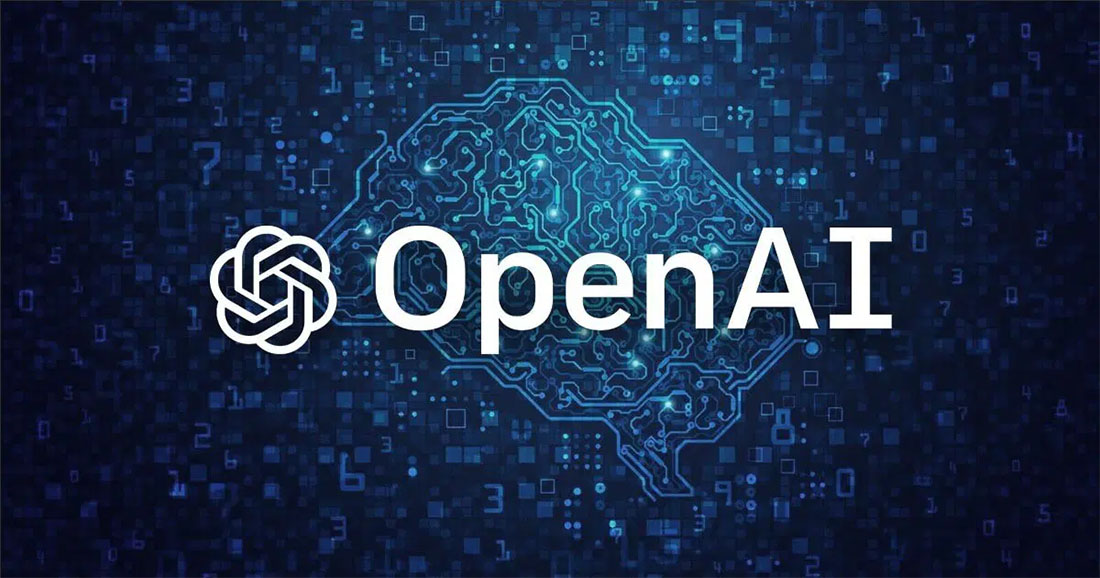
Photo Credit: Getty Images
OpenAI’s latest image model, GPT-4o, has reignited the debate over copyright and artificial intelligence by allowing users to generate images in the unmistakable styles of studios like Studio Ghibli, Pixar, and even Lego. While this isn’t a new capability in the world of AI, the model’s accuracy, accessibility, and reduced moderation are turning legal speculation into an imminent threat.
Released on March 25, GPT-4o stunned users by being capable of emulating extremely precise visual styles. Social media soon became flooded with “Ghibli-style” recreations of self-snaps and fictional icons. The manner in which users can now easily request the model to create images in copyrighted visual styles has raised warning flags in legal and artistic communities.
Critics argue that OpenAI’s decision to relax its content filters—shifting from blanket refusals to a more “harm-based” moderation system—opens the door for mass production of AI-generated images that closely mimic existing intellectual property. According to VIP+ reporting, OpenAI product lead Joanne Jang confirmed that GPT-4o’s filters now allow for more stylistic expression unless it’s deemed harmful or requested to be removed.
The underlying legal question isn’t necessarily what the model outputs—but how it was trained. Lawyers and artists note that AI models such as GPT-4o are trained on vast datasets that nearly inevitably include copyrighted images scraped from the internet. If the model can reproduce the “expressive elements” of a style—composition, palette, and character design—it may be venturing into infringement.
IP attorney Lance Koonce told VIP+ that if a photo generated by AI is “substantially similar” to a copyrighted work, even without literal copying, it could still be infringing. And as Pryor Cashman’s Josh Weigensberg explains, when such models create work on par with the original creators’ work, the fair use defense falters.
While copyright law does not protect “style” as such, the ability of models like GPT-4o to simulate the look and feel of major studios raises hard questions about artistic ownership and compensation. Meanwhile, the legal system is in catch-up mode.
Until there are final verdicts, the internet is turning into an art museum of fake paintings. And with OpenAI not batting an eyelash, artists ask themselves: where does originality end and copying begin?
















